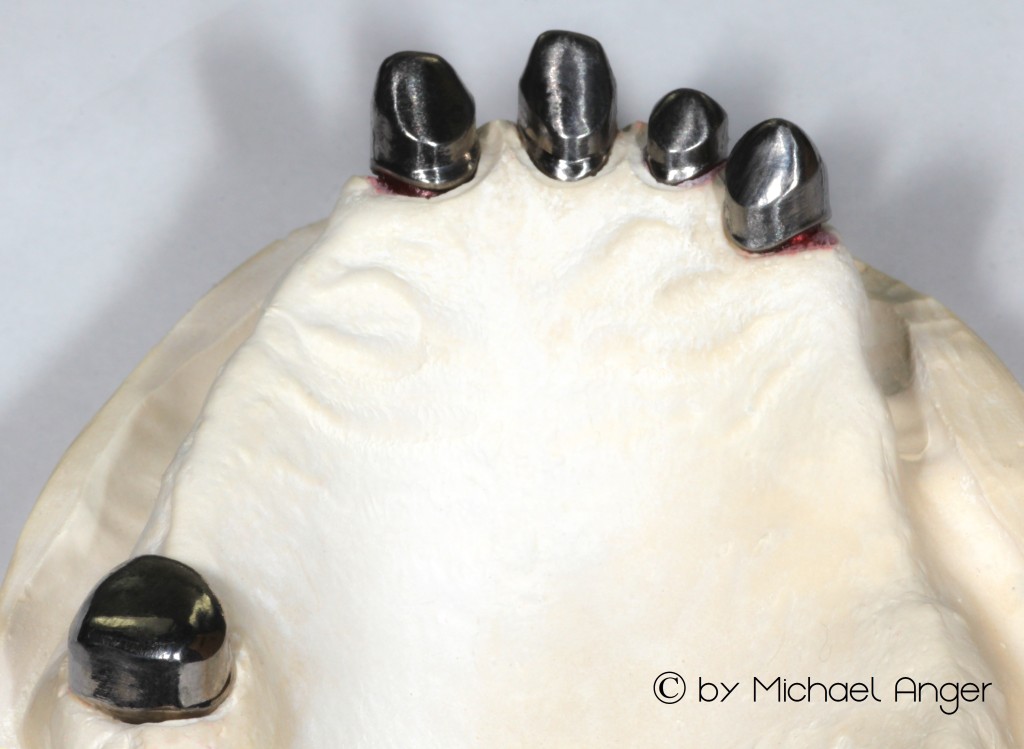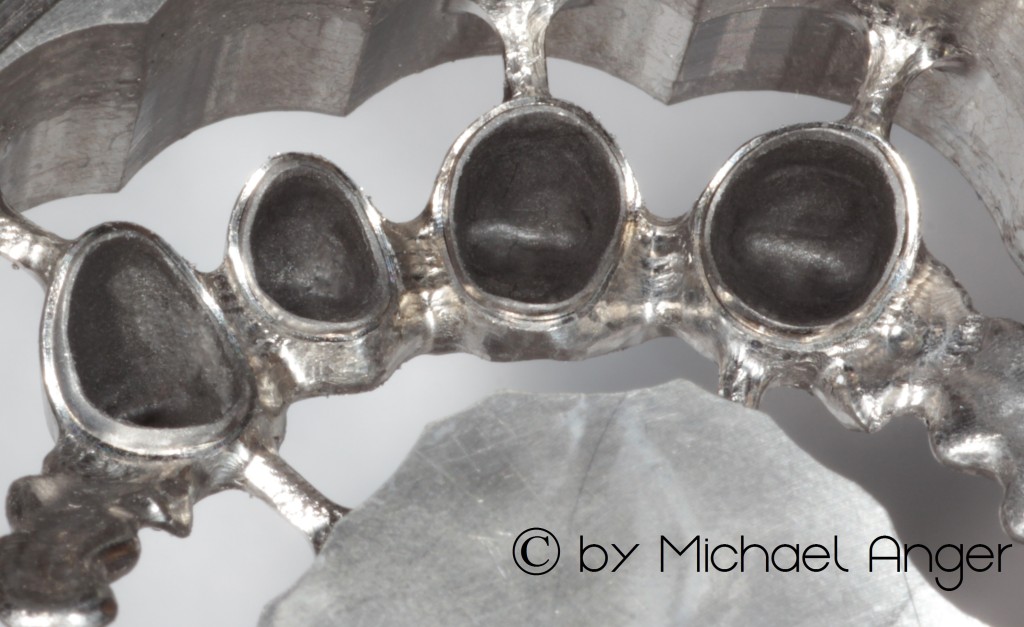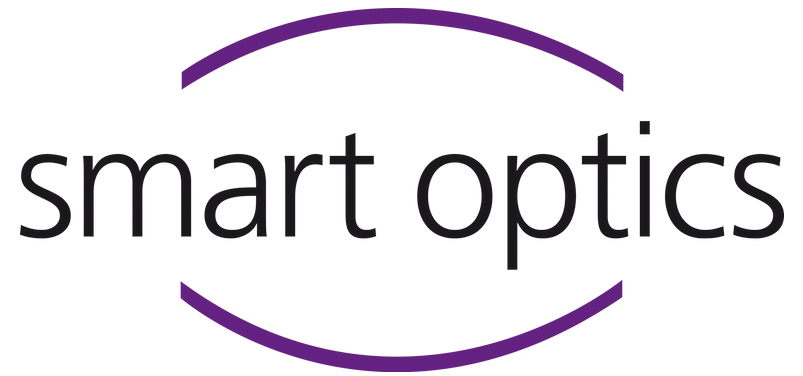In this report we present a work on behalf of customers.
The primary parts are delivered ready with the order, to produce the secondary telescopes with retentions in titanium.
Photos from the milling center
To come to the homepage of MA CAD/CAM-Service UG, please click on the name card.
Master models after the pick-up impression with gums shares are not suitable for tactile scanning because the ball of the probe must pass under the cutting surface and to be sure, even under the edge of the primary telescope.
Nevertheless, for these splinted constructions it is necessary that the tactile scanning – In order to exclude transmission inaccuracies has to be created and read as ONE Data-file.
In this case, the client wanted to create a cover denture prosthesis, in which he wanted to polymerizing the secondary telescopes to completion.
The link to create a scan model for the tactile Renishaw-scanning, you can find at the end of this report.
Here the finished scan model, produced with Piku-Plast–stumps and articulation plaster.
If there is sufficient distance between the primary telescopes to each other it is not necessary, to produce a selective scan model. In this case a simple plaster model is enough.
The key here is that the ball of the scan-pin can smoothly slide under the edges of the telescopes without touching the plaster.
Of course, the plastic stumps must be safe and stable fixed in plaster. Each wobbling would distort the scan.
Here you can see the images of milled secondary telescopes without any subsequent machining.
To be able to mill these constructions sure you need a software which allows to subsequently adjust the milling fine.
The blank is first removed from the machine when the milled result has the correct friction.
This milling was carried out in the 550i (Imes-Icore)
The calculation was made by using the software SUM3D.
In this software, the inside of the crowns can be recalculated separately.
Here, only the 1mm milling is refined on the inside of the secondary crowns. This may done individually for each telescope or simultaneously for all telescopes.
The procedure is naturally of „too tight“ to „fit“ before and are therefore values which produce more to close in the first milling part of the secondary crowns.
The edges have to be thinned out in this work is still done manually.
If in such constructions a faulty milling would be carried out, the loss of time and material would be very annoying .Therefore I must again point out the crucial importance of the possibility of a post-milling.
In classical telescope technology it is often due to the experience of the technician, as the result looks like.
 The risk of failure is very large in the conventional telescopic technique.
The risk of failure is very large in the conventional telescopic technique.
Embedding inclusions, cracks in the muffle, cavities etc here are just some of the possibilities for failure.
Further, it is particularly difficult without „delay“ and stress-free to make such large-span–structures and at the same provide a clean, predictable sliding of the telescopes.
In the CAD/CAM-production work-time is saved and a random result is transformed into a safe, targeted result.
The resulting machine time can be used overnight and holds the technician does not continue on. The materials used are clean industrial quality and therefore much more durable and biocompatible than the usual in the conventional technology is used coming materials.
Of course, this applies in particular to the conventionally difficult to process titanium.
This technique, we offer you of course for NEM – telescopes.
For more information, please visit our website or call us.
After a question i have to explain :
This is not russian roulette. The Problem starts with the rework of the primarys, that the technicans make after 0°-milling (some make 1° or 2°-millings) Like polishing etc. and this is different from telescope to telescope. Also the vertical length of the friction-surface is different from telescope to telescope and a lower front-tooth always has a different surface than a Molar etc. So basicly the Milling works at the first time, but similar to the casting-technologie you want to have it rather a little bit too tight than without friction.
Link to the production of scan-modells:
http://www.dentalligent.de/blog/taktiler-scan-tips-tricks-00454/
For more reports, click on the picture below:
 Your independent e-learning & support platform!
Your independent e-learning & support platform!






















